Whether you’re traveling by car, train, bus, or plane, what you choose to pack your belongings in can determine whether or not they survive the journey, and how organized you are when you get there.
It is imperative when carrying delicate items that you package them safely and securely. In such instances, you will need a case that offers enough protection on the outside to protect the case’s contents, as well as a soft interior to pad the contents of your case.
Enter EVA and ATA cases, two of the most common types of travel cases in the world. Typically referred to as shell protective cases, these cases may seem similar. However, there are significant differences between the two that you’ll want to consider when making your choice in which to carry. Keep reading to learn more.
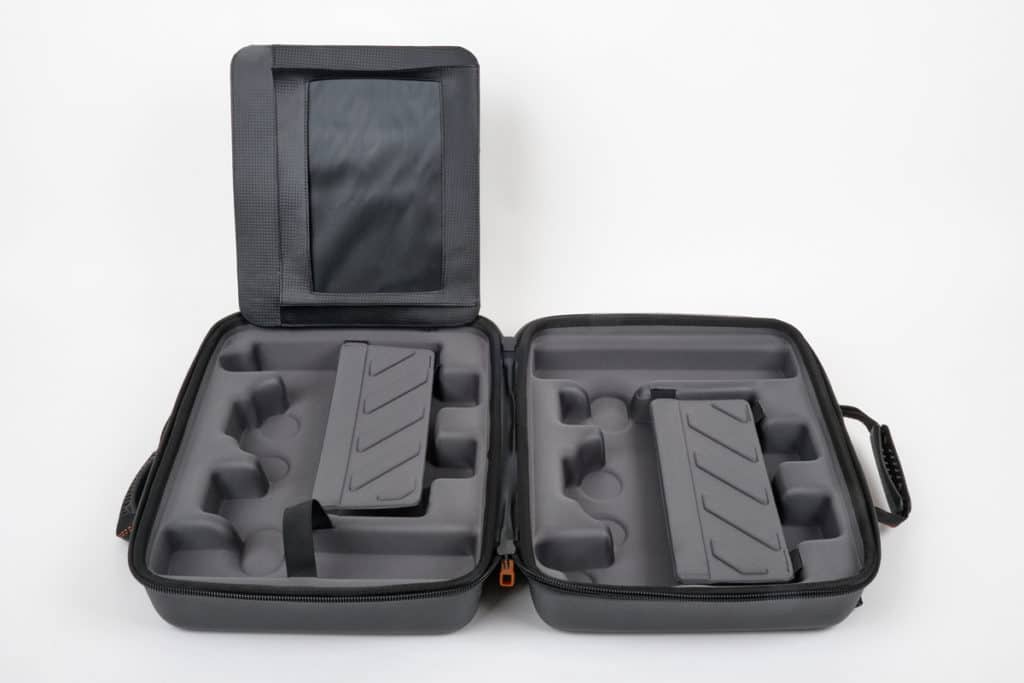
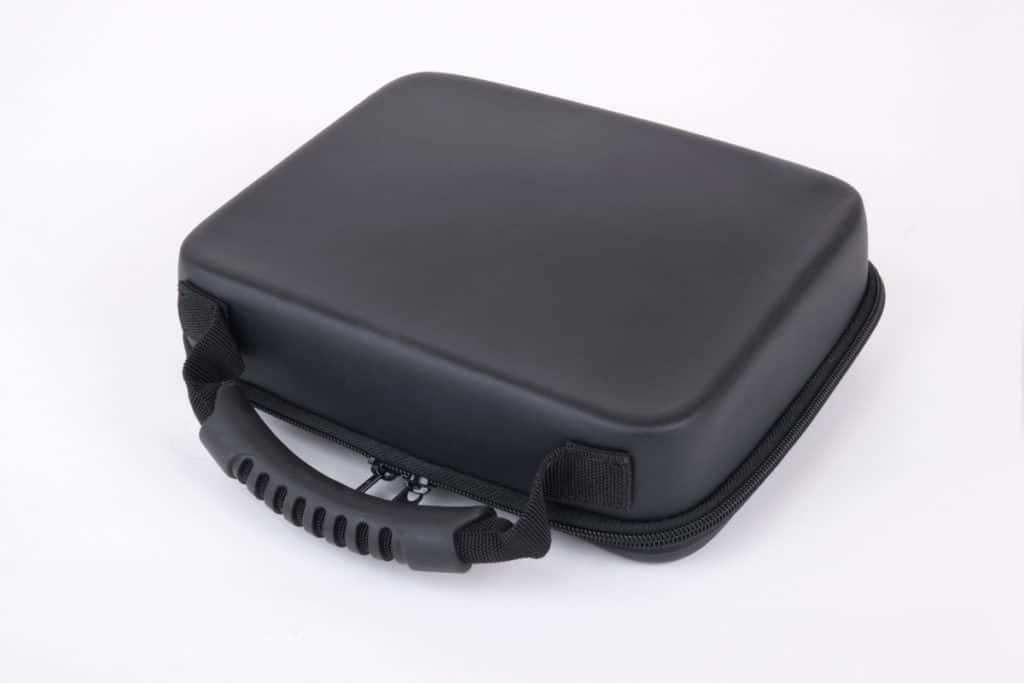
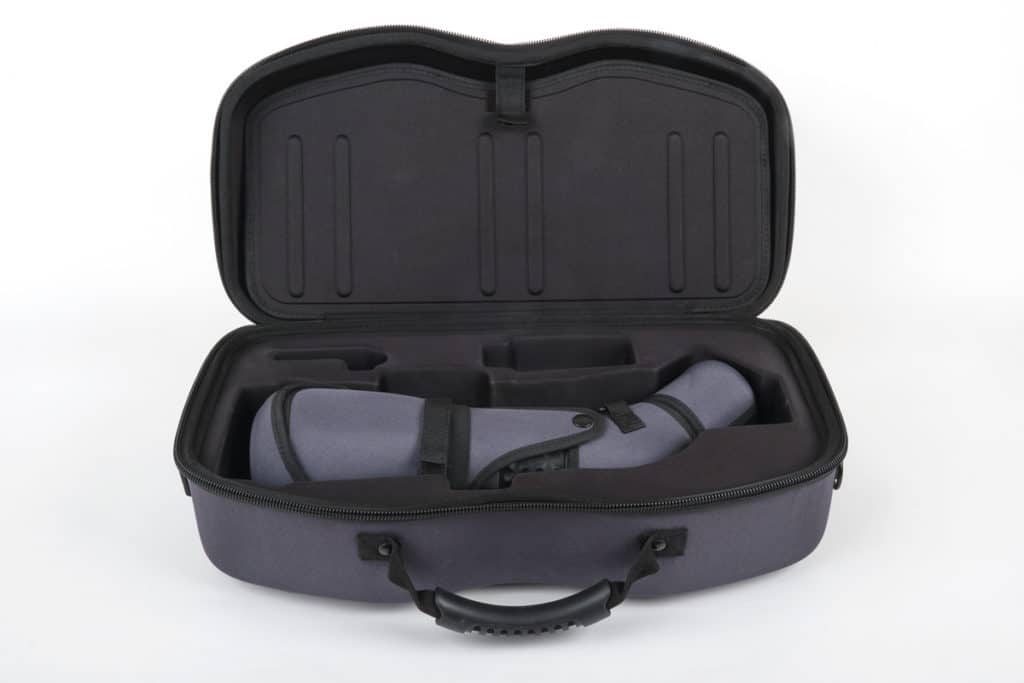
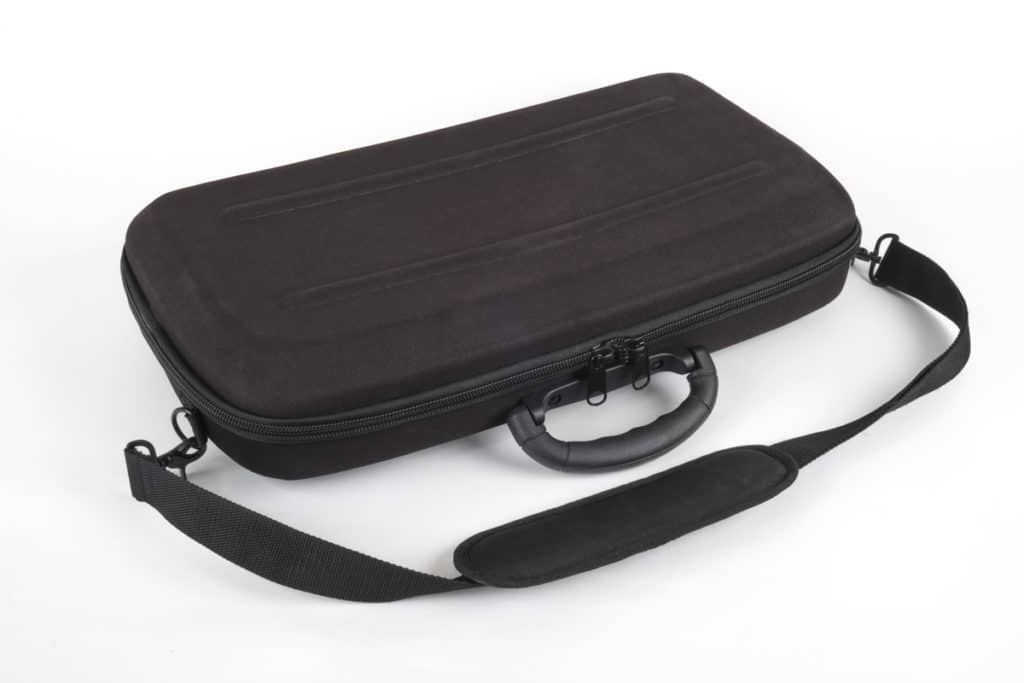
ATA Cases
The world’s oldest airline trade association is the Air Transportation Association, which dates back to 1936. The ATA has 18 original carrier members and has a tremendous influence on the policies and regulations that govern air transportation.
ATA cases came into existence in the 1960s, when the ATA instituted a set of guidelines for travel cases that would ensure the contents would withstand high-impact airline travel. ATA regulations and guidelines have been the gold standard for airline travel for a long time. They remain the premier standard to this day.
When a traveler adhered to the standards of the ATA, their case was labeled ‘ATA certified.’ ATA-certified cases quickly filled the market. ATA cases are designed to be incredibly durable. There are many guidelines and regulations that constitute ATA’s standards, with the most pertinent ones being the ATA standard 300, Category 1 specifications
For a case to be branded ATA certified, it must meet the above specifications. One characteristic stands above the rest as it pertains to ATA standards; the case should survive 100 round trips without being compromised or damaged in any way.
Another component of ATA standard 300 specifications is that the case walls must be made from ACX Grade cross multi-layered plywood measuring thickness between a quarter to half an inch. The case must have aluminum extrusion fittings. The extrusion fittings should be 6063 alloys with a rating of T-5 and a strength rating of 42 kips per square inch.
A case that meets ATA standards should have steel knuckle or stacking ball corners. The corners should be attached permanently by six machine-driven steel rivets. The standards also require ATA cases to have steel piano-type hinging for cases with hinged lid designs. The hinges should have riveting to bond upper/lower case halves at every 3 inches across the whole case’s width.
Flight Tests
ATA cases require impressive tests to ascertain their endurance to ensure they are safe for flight. To meet ATA standards is quite tricky. ATA cases are put through rigorous testing before they can earn their certification.
An independent lab will conduct the above tests to measure its performance against ATA specifications. ATA cases are versatile, durable, and reliable, and can be customizable to meet your specific needs.
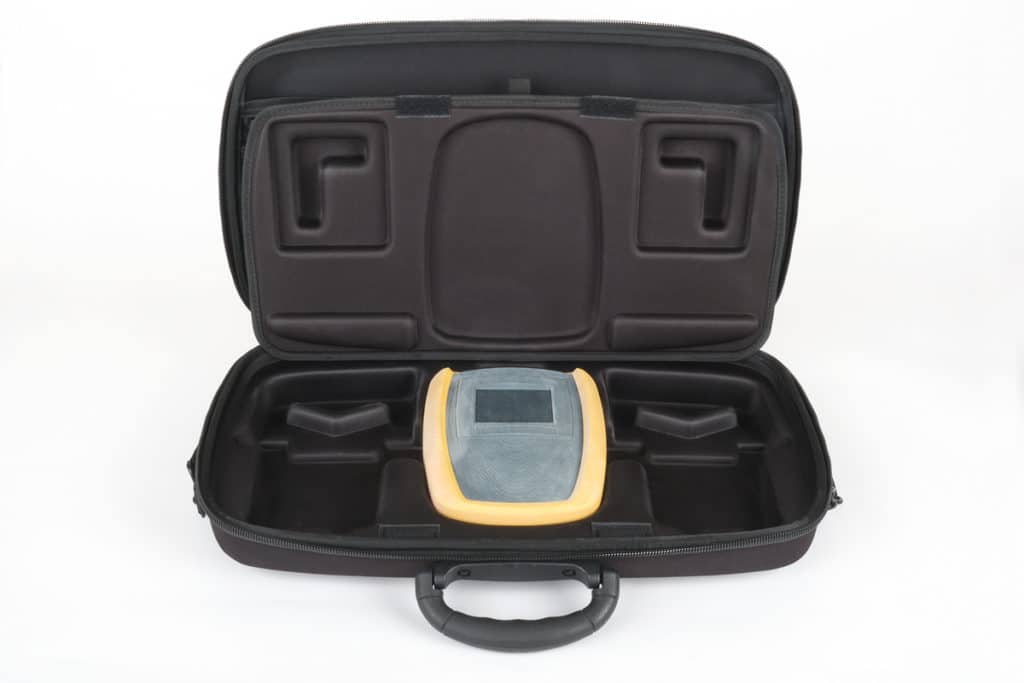
EVA Cases
EVA stands for Ethylene Vinyl Acetate (EVA), which is a type of foam. EVA cases are made from HQC aluminum and are a worthy substitute for hard and soft cases used for travel.
EVA foam is highly moldable, which means that you can customize it to various semi-rigid shapes. The foam can achieve any semi-rigid form you can think of, which is an excellent quality for storing specific items. For example, you can create an EVA case specifically for jewelry storage, or to carry a specific piece of tech to keep it from being damaged in transit. When a product fits perfectly in its case, it moves less during travel, resulting in less damage.
EVA cases are very light, which makes them highly portable. They have a variety of zipper closures, color options, shoulder straps, and carrying handles. EVA cases provide excellent protection from water, dirt, and light.
You can laminate any material color onto an EVA case, adhering it to the outside of the case. In addition to the ability to mold various shapes and designs onto the case, EVA cases are fantastic cases for branding and customization. You are essentially only limited by your imagination as to the possibilities you can create when customizing the look of your case.
The qualities of EVA cases give them numerous applications, including carrying sensitive instruments, consumer electronics, medical equipment, industrial equipment, sales kits, and more.
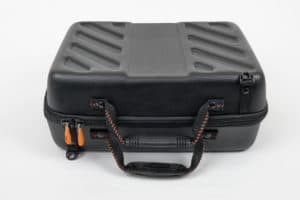
EVA and ATA Cases: Choosing the Right Case for the Job
As you can see, EVA and ATA cases are quite different. ATA cases are more secure and bulky, which makes them fantastic for carrying large, valuable items. EVA cases, on the other hand, are excellent for carrying smaller, sensitive items. EVA cases can also be more easily customized, allowing you to create a case that best suits its purpose — and looks great while doing so!
While each type of case has its benefits, it’s important to carefully consider your needs and the items you’re aiming to protect when making your choice.
If you’re ready to start shopping for the right case for whatever you need to transport, check out our foam EVA cases today.


